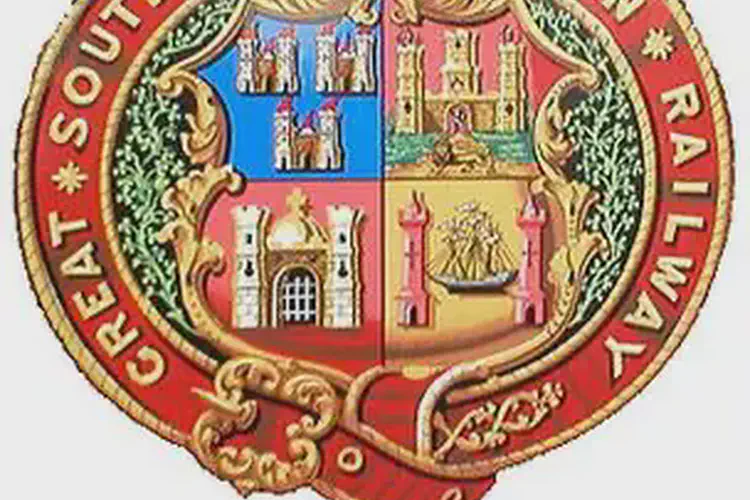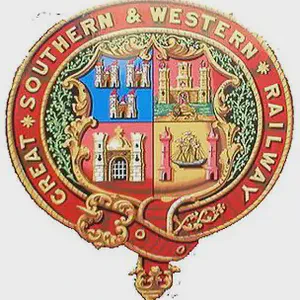
The Great Southern & Western Railway (GS&WR) line between Dublin and Carlow opened on August 4, 1846. This event was a significant development in the expansion of the railway network in Ireland, contributing to the economic growth and improved connectivity of the region.
Background
- Railway Expansion in Ireland: The early 19th century saw the rapid expansion of railway networks across Europe, and Ireland was no exception. The establishment of railway lines was driven by the need to improve transportation for both passengers and goods, facilitating trade and commerce across the country.
- Great Southern & Western Railway Company: The GS&WR was one of the most important railway companies in Ireland. It was established in 1844 with the aim of connecting Dublin to the southern and western parts of Ireland, regions that were previously difficult to access due to poor road infrastructure.
The Dublin to Carlow Line
- Route and Construction: The line from Dublin to Carlow was part of the initial phase of the GS&WR’s ambitious project to create a major railway network. The construction involved significant engineering challenges, including the building of bridges, viaducts, and tunnels. The line ran through key towns such as Kildare and Athy, making it an essential route for both passengers and freight.
- Opening: The line officially opened on August 4, 1846. The inauguration of the Dublin-Carlow line marked an important milestone in the development of Ireland’s railway infrastructure. The line quickly became a vital link, facilitating the movement of agricultural products, raw materials, and passengers between the capital and the southeastern part of Ireland.
Impact and Legacy
- Economic Growth: The opening of the Dublin-Carlow line had a profound impact on the local economy. It provided a faster, more reliable means of transportation for goods, which was particularly important for the agricultural sector. Farmers and merchants could now transport their products to Dublin and beyond with greater efficiency, leading to increased trade and economic growth.
- Improved Connectivity: The railway line improved the connectivity of Carlow and the surrounding regions with Dublin, the economic and administrative center of Ireland. This enhanced accessibility contributed to the social and economic integration of these regions into the broader national economy.
- Further Extensions: Following the success of the Dublin-Carlow line, the GS&WR continued to expand its network, eventually reaching further into the southern and western parts of Ireland. The line formed the backbone of the company’s network and played a crucial role in the overall development of the Irish railway system.
Historical Significance
- Legacy of the GS&WR: The Great Southern & Western Railway played a critical role in shaping the transportation infrastructure of Ireland in the 19th and early 20th centuries. The company’s network laid the foundation for the modern railway system in Ireland, much of which still follows the routes established by the GS&WR.
- Contribution to Irish History: The opening of the Dublin to Carlow line is remembered as a key event in the industrial and transportation history of Ireland. It exemplifies the transformative impact of railways on the social and economic fabric of the country during the 19th century.
The GS&WR line between Dublin and Carlow was a vital development that contributed to the growth and modernization of Ireland, helping to connect communities and support the economy during a crucial period of industrialization.
